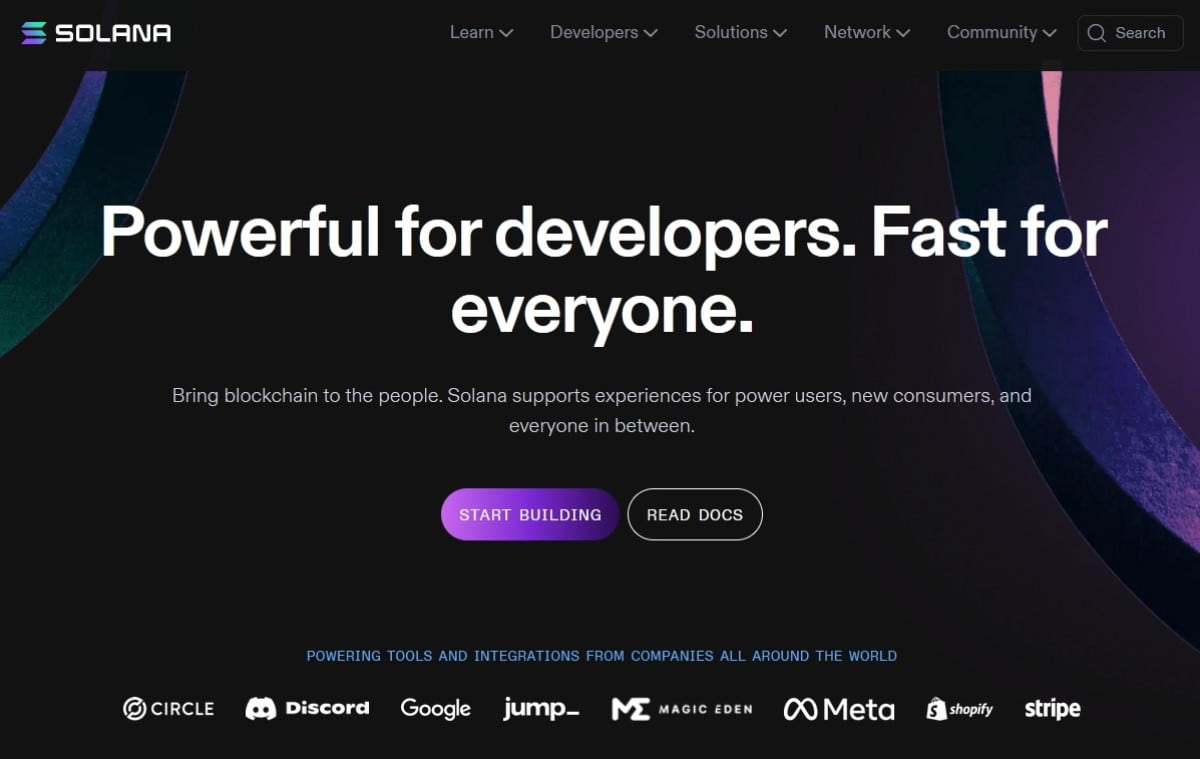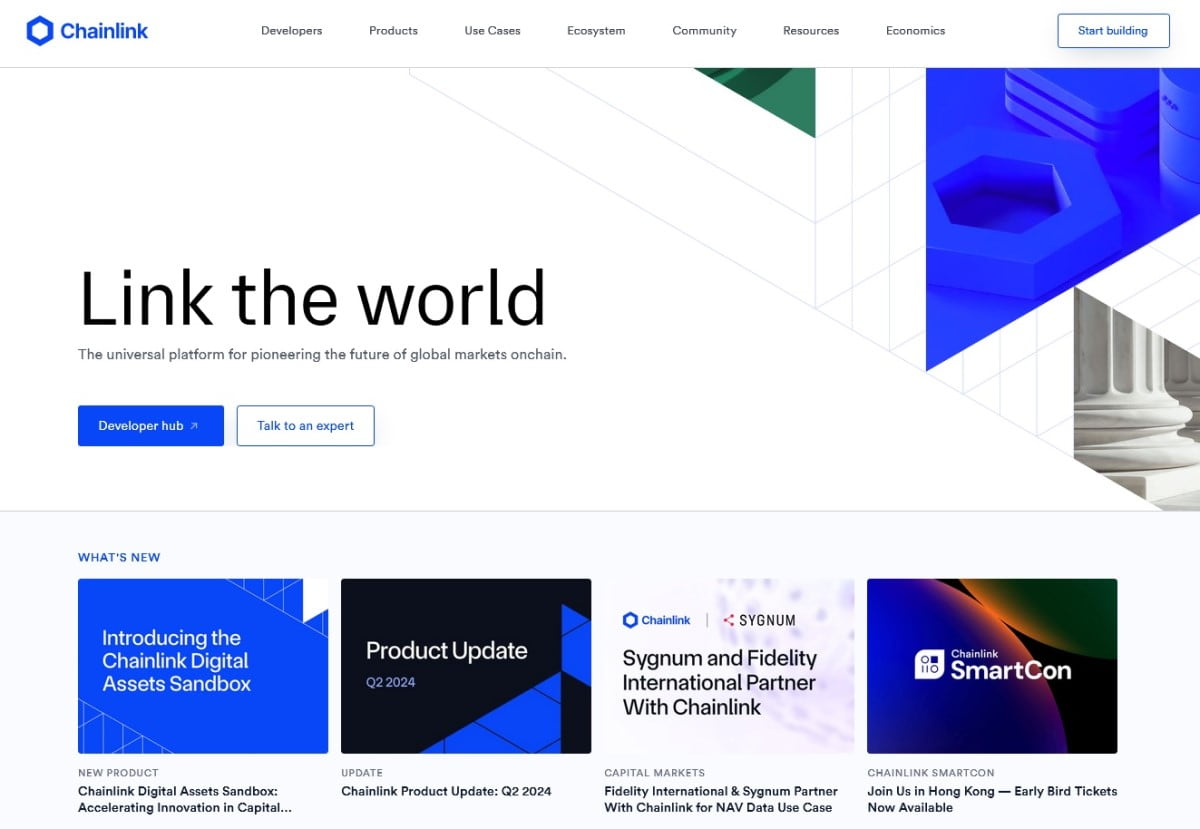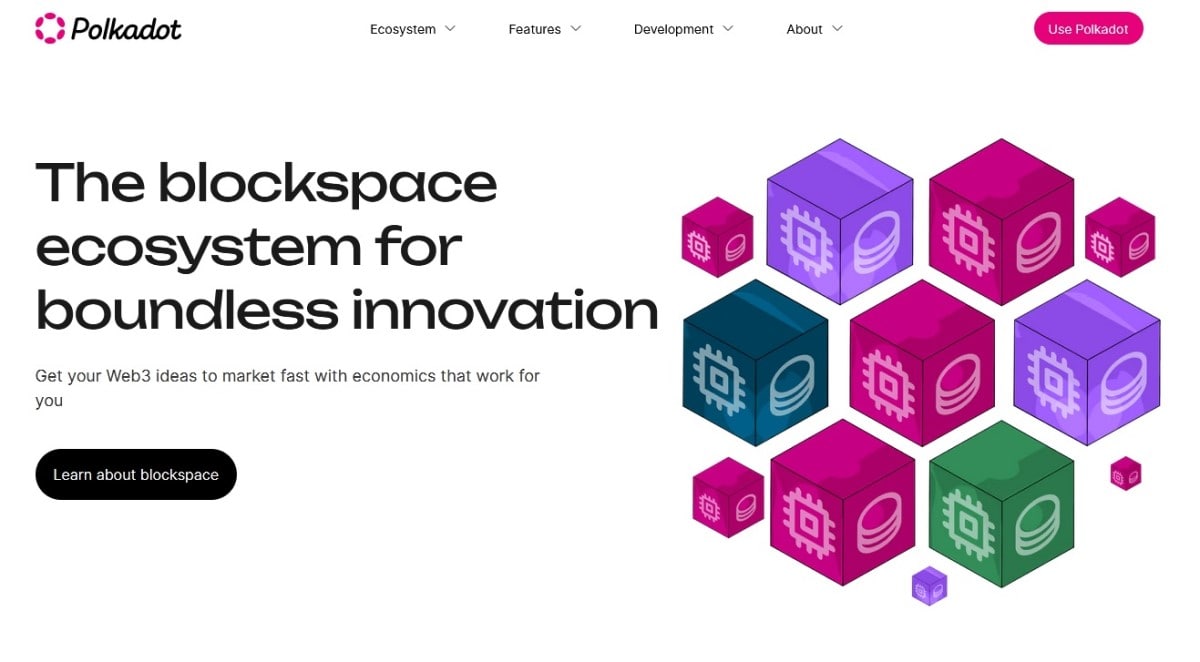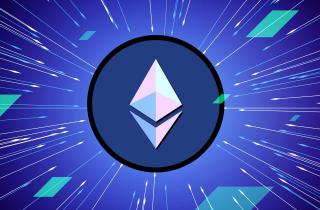Top Crypto Predictions for the Next Decade

Over the past decade, cryptocurrency has grown from a niche concept to a global phenomenon that has disrupted traditional financial systems. Looking ahead to the next decade, many would like to know the possible events and trends that could shape the future of cryptocurrency. Predicting the future is never an exact science, especially when it comes to crypto market predictions. However, by analysing current trends, technological advancements, and regulatory shifts, we can gain some insight into the possible trajectories of this dynamic industry.
Key predictions for the crypto industry
So, let's take a look at some of the top crypto trends that we think will take place over the next decade.
Technological advancements and innovations
Technological advancements are at the core of the cryptocurrency revolution. With the ongoing development of blockchain technology, several key innovations are expected to play an important role in the growth and maturation of the crypto ecosystem.
- Scalability solutions. Scalability remains a critical issue for many blockchain networks, particularly those with high transaction volumes. Technologies such as sharding, off-chain transactions, and layer-2 solutions like the Lightning Network are expected to address these challenges. While significant advances have already been made in this area, technologies to increase the scalability of blockchain networks will continue to evolve and improve further.
- Interoperability protocols. The future of the crypto market will heavily depend on the ability of different blockchain networks to communicate and interact with each other. Interoperability protocols aim to bridge the gap between disparate blockchain systems, enabling seamless transfer of assets and information.
- Evolution of smart contracts. In the coming years, we can expect significant advancements in smart contract functionality and security. Enhanced programming languages and tools will allow developers to create more complex and reliable smart contracts.
- Quantum-resistant cryptography. With the potential future threat posed by quantum computing, the crypto community will continue to research and develop quantum-resistant algorithms to ensure the long-term security of blockchain systems.
Blockchain technology: more than just cryptocurrency
Blockchain technology, initially conceived as the underlying infrastructure for cryptocurrencies, has since expanded its reach and potential applications far beyond digital money. The decentralised, immutable, and transparent nature of blockchain has attracted interest from various sectors. We can expect blockchain technology to be actively adopted across various sectors over the next decade.
- Supply chain management. Blockchain's ability to provide a tamper-proof and transparent ledger has the potential to revolutionise supply chain management. By tracking the movement of goods and recording every transaction, blockchain can increase transparency, reduce fraud, and enhance efficiency. Companies can easily trace the origin of products, verify authenticity, and ensure compliance with regulations. This can be particularly beneficial in industries such as food and pharmaceuticals, where supply chain transparency is critical for consumer safety.
- Healthcare. Blockchain has the potential to transform the healthcare industry by addressing issues such as data privacy and security. By storing patient data on a decentralised blockchain, patients can maintain control over their data while allowing healthcare providers to access it securely.
- Voting systems. Blockchain's transparency and immutability make it an ideal candidate for secure and transparent voting systems. By using blockchain, voters can be assured that their votes are accurately recorded and counted, reducing the risk of fraud and manipulation. Blockchain-based voting systems can also increase accessibility by allowing voters to cast their votes remotely, potentially increasing voter turnout.
- Real estate. Blockchain can streamline the real estate industry by simplifying the process of property transactions and reducing the need for intermediaries. By recording property ownership and transaction history on a blockchain, the process of buying and selling property can be made more efficient, transparent, and secure. Blockchain can also facilitate the creation of smart contracts, which can automate the transfer of ownership and payments, further reducing costs and increasing efficiency.
- Identity verification. Blockchain can provide a secure and decentralised method for identity verification, which can be particularly beneficial in situations where privacy is a concern. By storing identity data on a blockchain, users can maintain control over their data while allowing third parties to verify their identity without revealing sensitive information.
Mainstream adoption
In the next decade, significant advances in the adoption and integration of cryptocurrencies are expected.
- Institutional adoption. Major financial institutions, including banks, hedge funds, and asset managers, are increasingly incorporating cryptocurrencies into their portfolios and services. This trend is likely to accelerate as regulatory frameworks become clearer and more robust, reducing perceived risks and barriers to entry.
- Cross-border payments. Cryptocurrencies are particularly well-suited for cross-border transactions, offering faster, cheaper, and more secure alternatives to traditional payment systems. As adoption grows, cryptocurrencies could become a standard method for international remittances and trade.
- Merchant adoption. An increasing number of merchants are accepting cryptocurrencies for goods and services, either directly or through third-party payment processors. This trend is expected to grow, particularly with the development of user-friendly payment solutions that make it easier for businesses to integrate cryptocurrency payments.
Decentralised finance (DeFi)
DeFi has emerged as one of the most transformative aspects of the cryptocurrency ecosystem. DeFi platforms are democratising access to financial services such as lending, borrowing, and trading, all without the need for traditional financial intermediaries. The rise of DeFi is expected to continue in the next decade, with more innovations and applications emerging to disrupt the traditional financial sector.
Regulatory developments
As cryptocurrency becomes more popular, regulators are expected to ramp up their efforts to regulate the industry. Looking ahead, several trends are likely to become prevalent in the regulation of cryptocurrencies:
- Focus on DeFi. As DeFi platforms are growing, regulators are paying closer attention to this sector. Despite the obvious difficulties in regulating DeFi, regulators will still try to get the sector to comply.
- Increased scrutiny on stablecoins. Stablecoins are digital assets pegged to the value of traditional currencies, and their rapid growth has caught the attention of regulators. Stablecoin issuers may be required to adhere to operational standards, including regular audits, transparency of reserve funds, and regulatory scrutiny.
- Securities regulation and token classification. The classification of digital assets as securities or commodities remains a contentious issue. Regulators will continue to work towards creating clearer guidelines on how different types of tokens should be classified and regulated.
- Taxation policies. Governments will implement clear tax policies for cryptocurrency transactions, including capital gains taxes and reporting requirements.
Non-fungible tokens (NFTs): beyond digital art
NFTs are unique digital assets that are stored on a blockchain. In contrast to fungible tokens like cryptocurrencies, which are interchangeable and have the same value, NFTs are unique and have distinct characteristics. Each NFT represents a specific asset or item, such as a piece of digital art, a collectable, or a virtual real estate property.
While NFTs gained significant attention for their role in the digital art market, their potential applications extend far beyond digital art. Here are some potential use cases of NFTs:
- Tokenised real estate. Physical properties can be tokenised and sold as NFTs, representing ownership or shares in real estate. This facilitates fractional ownership and simplifies the transfer of property rights.
- In-game assets. NFTs can represent in-game assets such as weapons, skins, and characters. These assets can be traded, sold, or transferred across different games and platforms, giving players true ownership of their digital possessions.
- Event tickets. NFTs can serve as digital tickets for events, providing a secure and tamper-proof way to manage attendance. They can also offer additional benefits, such as exclusive content or rewards for ticket holders.
- Digital rights management. NFTs can be used to represent intellectual property rights and licences, providing a transparent and secure way to manage and transfer these rights. This can streamline processes in industries like music, film, and publishing.
- Authenticity verification. NFTs can verify the authenticity of digital and physical goods, reducing the risk of counterfeiting and ensuring that consumers receive genuine products.
- Identity and credentials. NFTs have potential in the realm of digital identity and credentials. They can represent academic degrees, professional certifications, and personal identification, providing a secure and verifiable way to share credentials.
Top 3 altcoins to buy and hold for the next decade
Of course, a lot of people would like to find a good crypto to invest in for the next decade. Bitcoin being "digital gold" is the obvious choice, but what about other cryptos? What are the best altcoins to invest in for the long term? It's impossible to accurately predict the future and which cryptocurrency will be the best one to invest in. However, one can try to figure out which crypto projects are promising and, therefore, have a good chance of growth.
Solana (SOL)
Solana is a high-performance blockchain platform designed for decentralised applications (dApps) and cryptocurrencies. It aims to provide fast, secure, and scalable solutions by utilising a unique combination of Proof of Stake and Proof of History (PoH) consensus mechanisms. The SOL token is currently one of the most popular coins on the crypto market, ranking 5th in terms of market capitalisation.
Key strengths:
- High throughput. Solana can process thousands of transactions per second, which makes it one of the fastest blockchain platforms available.
- Low transaction fees. The platform's efficient architecture results in minimal transaction costs, so it is ideal for micro-transactions and high-frequency trading.
- Growing ecosystem. Solana has attracted a diverse range of projects, from DeFi to NFTs, contributing to its rapidly expanding ecosystem.

Chainlink (LINK)
Chainlink is a decentralised Oracle network that enables smart contracts to securely interact with real-world data and external APIs. Chainlink addresses the "oracle problem" by providing reliable and tamper-proof data feeds to smart contracts.
Key strengths:
- Decentralised Oracles. Chainlink's Oracle network ensures data accuracy and security and gives blockchains a much-needed connection to the outside world.
- Wide adoption. Chainlink has established numerous partnerships with leading blockchain projects, enhancing its integration and use cases.
- Versatility. The platform supports various data types, including financial data, IoT sensor readings, and more.

Polkadot (DOT)
Polkadot is a multi-chain platform that enables different blockchains to interoperate and share information securely. It aims to create a decentralised internet of blockchains, allowing for seamless transfer of assets and data across different networks.
Key strengths:
- Interoperability. Polkadot's unique relay chain and parachains architecture facilitate interoperability between multiple blockchains.
- Scalability. The platform can process multiple transactions simultaneously across various chains, enhancing scalability.
- Active development. Polkadot has a strong developer community and is backed by the Web3 Foundation, ensuring continuous innovation and support.

Tags
Try our Bitcoin Cloud Miner and get additional crypto rewards based on your trading volume. It's immediately available upon registration.
Try our Bitcoin Cloud Miner and get additional crypto rewards based on your trading volume. It's immediately available upon registration.



